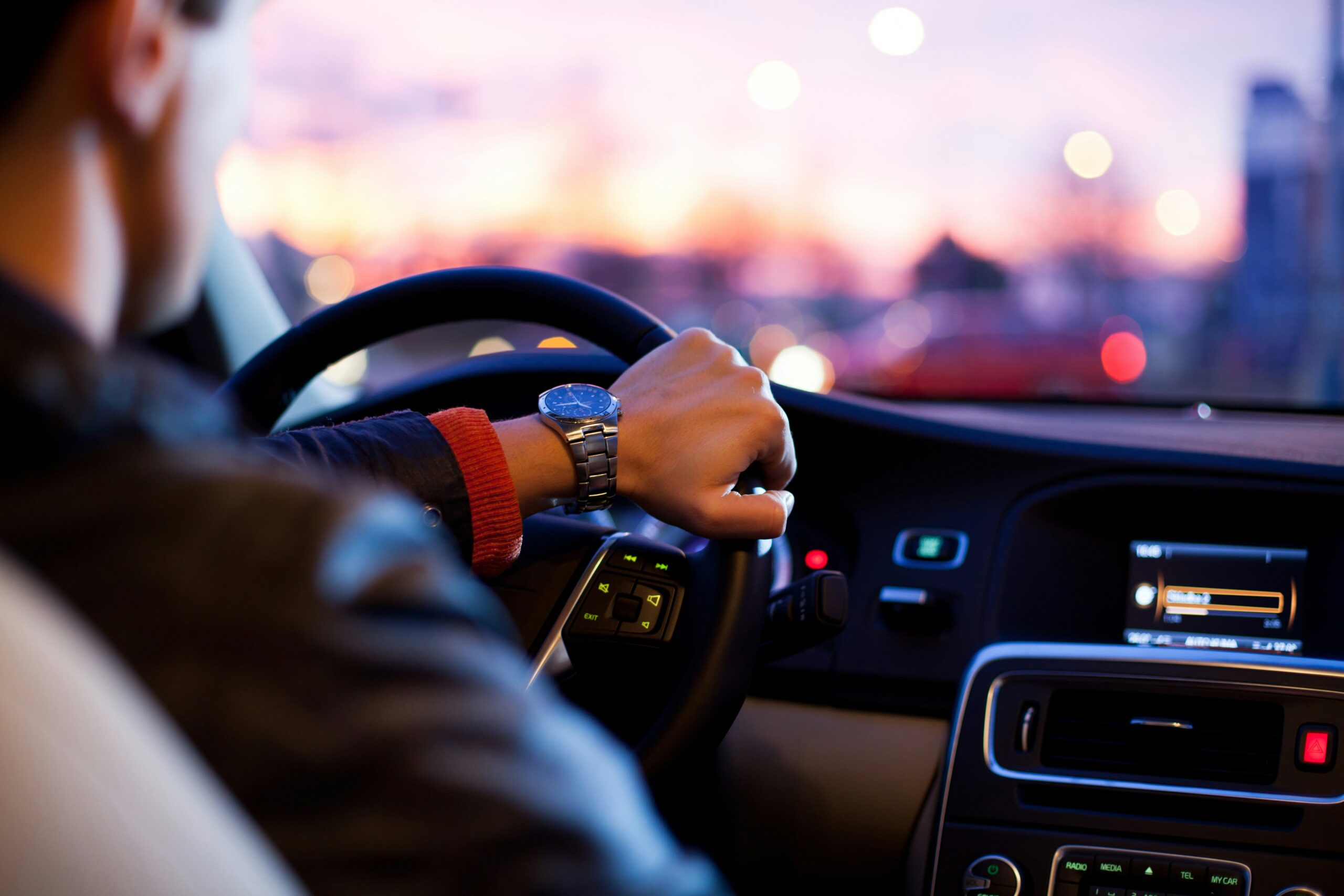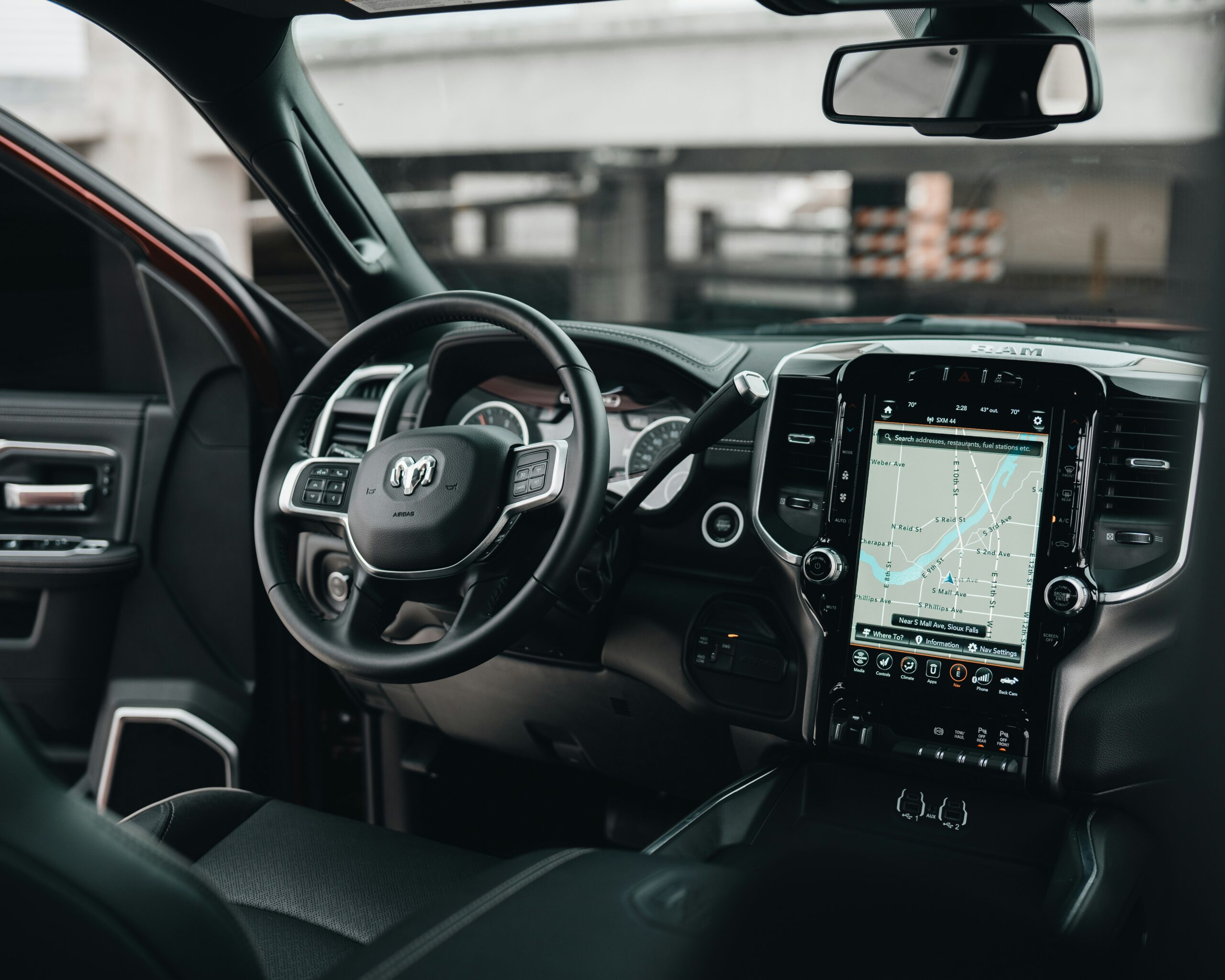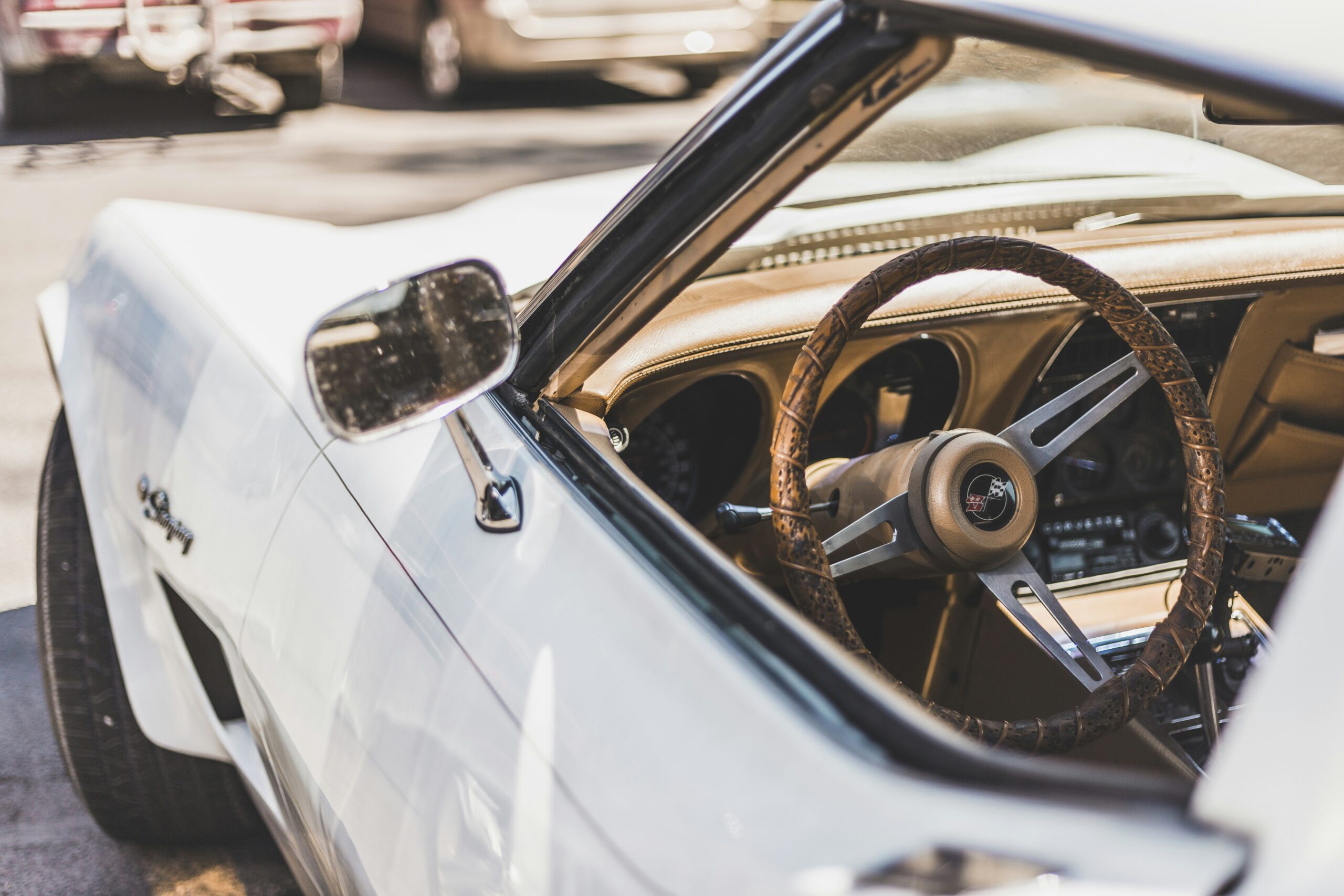Imagine the thrill of spotting a beautiful bird perched on a distant branch, its colorful feathers glimmering in the sunlight. Now, imagine being able to enjoy this remarkable sight without even stepping out of your car. Yes, you heard it right! A spotting scope, typically used by outdoor enthusiasts for various activities, can indeed be a wonderful tool for birdwatching from the comfort of your vehicle. In this article, we will explore the advantages, considerations, and tips for using a spotting scope while birdwatching from a car. So buckle up and get ready to embark on a unique birdwatching adventure like no other!
Understanding the Basics of Spotting Scopes
What is a Spotting Scope?
A spotting scope is a high-powered, portable telescope that is specifically designed for terrestrial observation. It is often used by birdwatchers, nature enthusiasts, and outdoor photographers to get a closer look at distant subjects. Spotting scopes typically have a higher magnification range compared to binoculars, allowing users to observe fine details with greater clarity.
Types of Spotting Scopes: Angled and Straight
Spotting scopes come in two main types: angled and straight. Angled spotting scopes have the eyepiece angled at a 45-degree or 90-degree angle from the body, allowing for more comfortable viewing when the scope is set up on a tripod. Straight spotting scopes, on the other hand, have the eyepiece aligned in a straight line with the body of the scope. Each type has its own advantages and it ultimately comes down to personal preference and specific use cases.
Key Features of Spotting Scopes
When choosing a spotting scope, there are several key features to consider. Magnification power determines how much an image can be enlarged, while the objective lens diameter affects the amount of light that enters the scope. Additionally, factors such as lens quality, field of view, and close focusing distance can greatly impact the overall performance and versatility of the spotting scope. It is important to carefully evaluate these features based on your specific birdwatching needs and preferences.
Spotting Scope vs. Binoculars for Birdwatching
Differences in Magnification and Field of View
One of the main advantages of using a spotting scope for birdwatching is the higher magnification power it offers compared to binoculars. Spotting scopes typically have magnification ranges of 20x to 60x or even higher, allowing for detailed observation of distant birds. Binoculars, on the other hand, usually have lower magnification levels, typically ranging from 7x to 12x. However, it is important to note that higher magnification can also result in a narrower field of view, making it more challenging to locate fast-moving birds.
Portability and Ease of Use
When it comes to portability and ease of use, binoculars generally have the upper hand. They are compact, lightweight, and can be easily carried around the neck or in a small bag. Spotting scopes, on the other hand, are bulkier and typically require a tripod for stable viewing. While this may be less convenient for mobile birdwatching, the superior magnification and image quality of spotting scopes make them well-suited for stationary or long-distance observation.
Impact on Bird Identification and Viewing Experience
Both spotting scopes and binoculars can enhance the birdwatching experience, but they offer slightly different advantages. Spotting scopes excel in providing intricate details, allowing birders to identify subtle markings, color variations, and behavioral patterns. Binoculars, on the other hand, provide a wider field of view, making them ideal for quickly scanning an area and spotting birds in flight. Ultimately, the choice between a spotting scope and binoculars for birdwatching from a car depends on the specific preferences and priorities of the individual birder.

Adapting Spotting Scope Use for Car Birdwatching
Potential Challenges and Limitations
While using a spotting scope for birdwatching from a car has its advantages, there are also potential challenges to consider. Firstly, the limited mobility inside a car can restrict the field of view, especially when observing birds in flight or in densely vegetated areas. Additionally, vibrations from the car can negatively affect the stability and image quality of the spotting scope. It is important to be aware of these limitations and make necessary adjustments to optimize the birdwatching experience.
Adapting Your Equipment for Vehicle Use
To overcome the challenges of car birdwatching, there are several equipment adaptations that can be made. Using a window mount or a specialized vehicle mount can help stabilize the spotting scope and minimize vibrations. These mounts attach to the window or the car roof, providing a steady platform for observing birds. Additionally, investing in a scope with image stabilization technology can further mitigate the impact of vibrations and enhance the viewing experience.
Safety Precautions for Birdwatching While Driving
While birdwatching from a car can be convenient, it is important to prioritize safety at all times. Avoiding distractions and staying focused on the road should always be the top priority. If you plan to stop the car to observe birds more closely, ensure that you park in a safe location and adhere to traffic regulations. When using a spotting scope, make sure to set it up before driving and avoid adjusting or moving it while the vehicle is in motion.
Choosing the Best Spotting Scope for Car Birdwatching
Considering Magnification and Lens Size
When selecting a spotting scope for car birdwatching, it is essential to consider the optimal magnification and lens size for your specific needs. A higher magnification range allows for detailed observation of distant birds, but may result in a narrower field of view. The objective lens size determines the amount of light that enters the scope, affecting image brightness and clarity. Strike a balance between these factors based on your preferred birdwatching style and the types of birds you intend to observe.
Selecting the Right Type: Angled vs. Straight Scope
Choosing between an angled or straight spotting scope largely depends on personal preference and the intended use. An angled spotting scope provides more flexibility in terms of viewing angles and is generally more comfortable for extended use. It allows for easier sharing of the scope among multiple users of varying heights. On the other hand, a straight spotting scope is more compact and easier to use when observing birds from a lower position, such as from the car window.
Balancing Quality and Price
Spotting scopes vary greatly in terms of price and quality. It is important to find a balance between your budget and the features and performance you require. While high-end spotting scopes often offer superior image quality, additional features, and durability, there are also more budget-friendly options available that can provide satisfactory performance for car birdwatching. Research and read reviews to ensure you make an informed decision that meets both your requirements and limitations.

Setting Up the Spotting Scope Inside the Vehicle
Spotting Scope Mounting Options
To set up a spotting scope inside a vehicle for birdwatching, there are various mounting options available. Window mounts are a popular choice as they attach securely to the car window, providing a stable platform for the scope. Some window mounts come with adjustable arms or swivel heads, allowing for easy positioning and a wide range of viewing angles. Alternatively, specialized vehicle mounts that attach to the roof or dashboard can also be utilized for secure and convenient setup.
Positioning for Best Field of View
When positioning the spotting scope inside a vehicle, it is important to consider the best field of view. Optimize your setup by positioning the scope near the side window that offers the clearest view of the birding location. Adjust the inclination and rotation of the spotting scope so that the eyepiece is at a comfortable viewing angle. Take into account any physical obstructions or reflections that may affect the quality of the view and adjust accordingly.
Managing Vibration and Stability
Vibrations caused by the vehicle can significantly impact the stability and image quality of a spotting scope. To minimize vibrations, ensure that the vehicle is parked on a stable surface and turn off the engine to reduce any unnecessary movement. Use a stable and secure mounting system, such as a window mount or specialized vehicle mount, to minimize vibrations. Some spotting scopes also come with image stabilization technology that helps counteract vibrations and maintain a steady image.
Optimizing Your Birdwatching Experience from the Car
Techniques for Locating Birds through Scope
Locating birds through a spotting scope can be challenging, especially while birdwatching from a car. To optimize your birdwatching experience, utilize the following techniques:
- Scan the surroundings with binoculars first to spot any birds that are in plain sight.
- Use landmarks or recognizable features to determine the general location of the bird.
- Slowly move the spotting scope towards the estimated location, constantly scanning and adjusting the focus until the bird is located.
Patience and practice are key when using a spotting scope from a car, as it may take time to master the techniques and locate birds efficiently.
Maintaining Comfort During Extended Viewing Sessions
Birdwatching sessions from a car can often last for an extended period of time, requiring comfort and support. To maintain comfort during prolonged viewing sessions, consider the following tips:
- Use a cushion or support for your back and neck to minimize strain.
- Adjust the seat position to achieve a comfortable posture.
- Take regular breaks to stretch and relax your eyes, as extended focus can lead to eye fatigue.
Taking care of your physical comfort will enhance your birdwatching experience and allow you to fully enjoy the beauty of nature.
Reducing Disturbance to Birds
When birdwatching from a car, it is important to minimize disturbances to the birds and their natural habitats. Follow these guidelines to reduce your impact:
- Stay in the car and avoid approaching birds too closely.
- Do not play bird calls or use other tactics to attract birds, as this can disrupt their natural behavior.
- Keep noise levels to a minimum, as sudden noises can startle or scare away birds.
Respecting the birds and their environment ensures a positive and sustainable birdwatching experience.

Additional Tools for Car Birdwatching with a Spotting Scope
Importance of A Good Field Guide
A reliable field guide is an essential tool for identifying bird species in the field. When birdwatching from a car with a spotting scope, a field guide can help you quickly reference and confirm bird species based on their physical characteristics, range, and behavior. Choose a field guide that is specific to your region and includes detailed illustrations or photographs to aid in accurate identification.
Utilizing a Camera Adapter for Bird Photography
Many spotting scopes can be used in conjunction with a camera adapter to capture stunning photographs of birds. A camera adapter allows you to attach a DSLR or mirrorless camera to the spotting scope, utilizing its high magnification capabilities to capture detailed images. This is particularly useful for birdwatchers who are also interested in bird photography, as it allows for the documentation of rare or noteworthy bird sightings.
Using Birding Apps and Resources
In the digital age, there are several birding apps and online resources available that can enhance your birdwatching experience. These tools often include bird call recordings, species identification guides, birding hotspots, and real-time migration tracking. Utilizing these apps on your smartphone or tablet can provide supplementary information and add an interactive element to your car birdwatching adventures.
Maintaining Your Spotting Scope while Car Birdwatching
Cleaning and Care Tips
Proper cleaning and care of your spotting scope are essential to maintain its performance and longevity. Here are some tips to keep in mind:
- Use a soft brush or compressed air to remove dust and debris from the exterior and lenses.
- Use lens cleaning solution and a microfiber cloth to gently clean the lenses, avoiding excessive pressure.
- Store the spotting scope in a dust-free and padded case or bag to protect it from damage.
Regular cleaning and maintenance will ensure that your spotting scope remains in optimal condition for years to come.
Protecting Your Scope from Damage in the Car
When birdwatching from a car, it is important to properly store and protect your spotting scope to avoid any damage. Follow these precautions:
- Securely store the spotting scope in a dedicated case or bag to prevent it from rolling around or getting jostled during transit.
- Avoid leaving the scope exposed to direct sunlight or extreme temperatures, as this can damage the lenses and other components.
- Consider using lens covers or caps to protect the lenses from dust, scratches, or accidental bumps.
Taking these protective measures will help extend the lifespan of your spotting scope and ensure optimal performance.
Understanding Scope Warranty and Repairs
Before purchasing a spotting scope, it is important to understand the warranty and repair options provided by the manufacturer. Check the warranty period, coverage, and any specific terms and conditions. Familiarize yourself with the process for repairs or servicing in case any issues arise. Maintaining proper documentation, such as purchase receipts and warranty cards, is also important for warranty claims or repairs.
Common Issues while Using Scope from a Car and How to Address Them
Addressing Poor Image Quality
Several factors can contribute to poor image quality while using a spotting scope from a car. To address this issue:
- Ensure that the lens is clean and free from dust or smudges.
- Adjust the focus and magnification settings to achieve a clear image.
- Minimize vibrations by using a stable mounting system and selecting a stable location to park the car.
By addressing these potential issues and taking the necessary steps, you can improve the image quality while using a spotting scope from a car.
Managing Limited Mobility
The limited mobility within a car can pose challenges when trying to observe birds with a spotting scope. To manage this issue:
- Position the car in a way that provides the best field of view.
- Use a window mount or vehicle mount to stabilize the spotting scope and minimize the need for continuous adjustments.
- Utilize the scanning techniques mentioned earlier to locate birds efficiently.
By optimizing your setup and employing effective birdwatching techniques, you can overcome the limitations of limited mobility while birdwatching from a car.
Solving Focus and Stability Issues
Instability and difficulty in achieving focus can be problematic when using a spotting scope from a car. Here are a few solutions:
- Use a stable mounting system, such as a window mount or vehicle mount, to improve stability.
- Adjust the eyepiece and focus knobs until the desired focus is achieved.
- Take breaks and readjust as needed to minimize eye strain and improve focus.
By addressing stability and focus issues, you will enhance your birdwatching experience and ensure clearer and more detailed observations.
Advantages and Disadvantages of Car Birdwatching with a Spotting Scope
Benefits of Using a Spotting Scope
Using a spotting scope for birdwatching from a car offers numerous advantages:
- Higher magnification power allows for detailed observation of distant birds.
- Superior image quality and clarity compared to binoculars.
- Ability to capture high-quality photographs using a camera adapter.
- Comfortable viewing experience when using a stable mounting system.
- Suitable for stationary or long-distance observation.
Potential Drawbacks
While there are many benefits, there are also a few potential drawbacks to consider:
- Bulkiness and additional setup required compared to binoculars.
- Limited mobility within the car, making it challenging to observe birds in flight or in densely vegetated areas.
- Higher cost compared to binoculars, especially for high-end spotting scopes.
Weighing the Pros and Cons Based on Personal Circumstances
When deciding whether to use a spotting scope for birdwatching from a car, it is important to weigh these pros and cons against your personal circumstances and birdwatching preferences. Consider factors such as the types of birds you frequently observe, the locations where you birdwatch, and your budget constraints. By carefully evaluating the advantages and disadvantages, you can make an informed decision that aligns with your specific needs and enhances your birdwatching experience.

